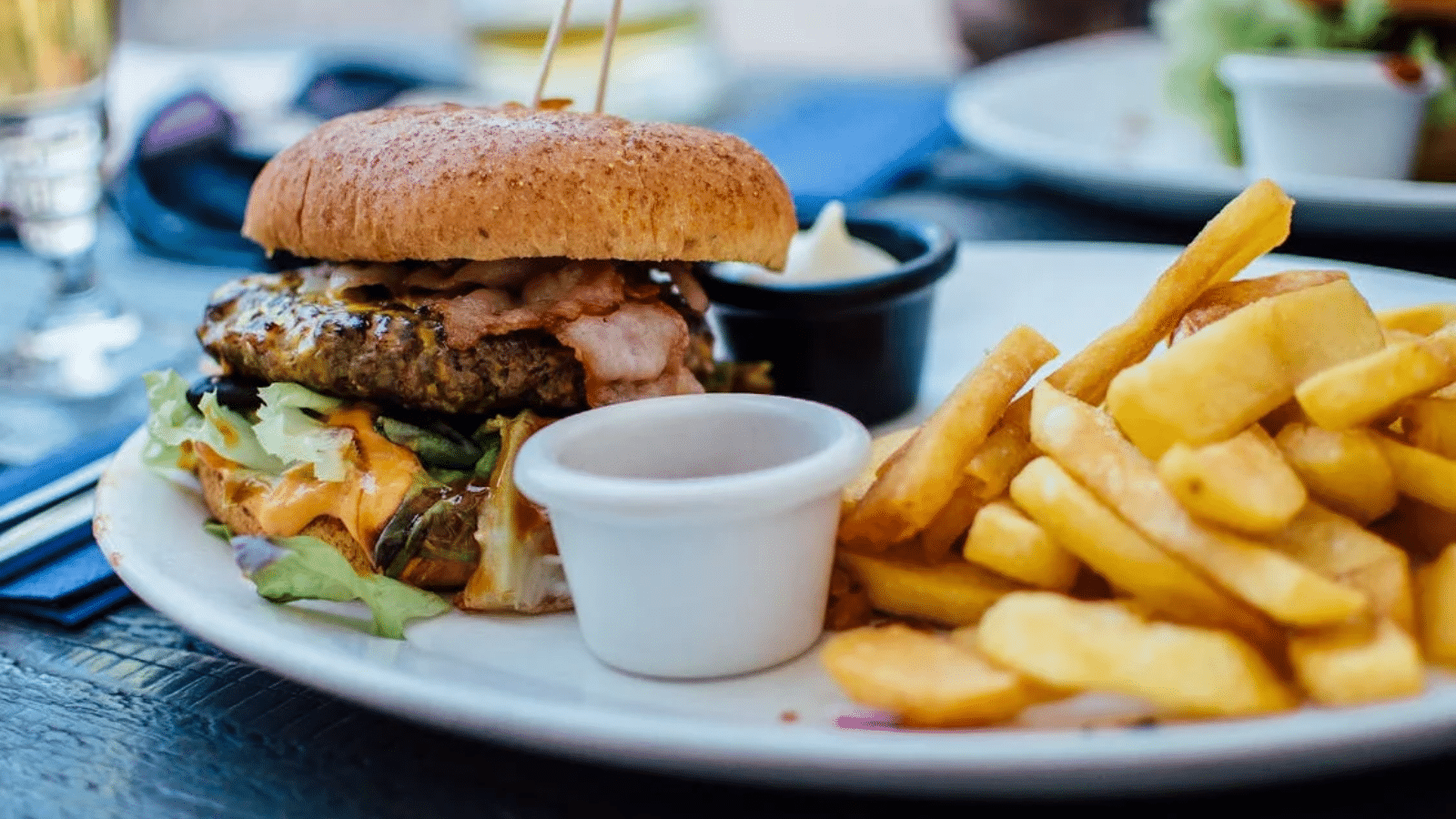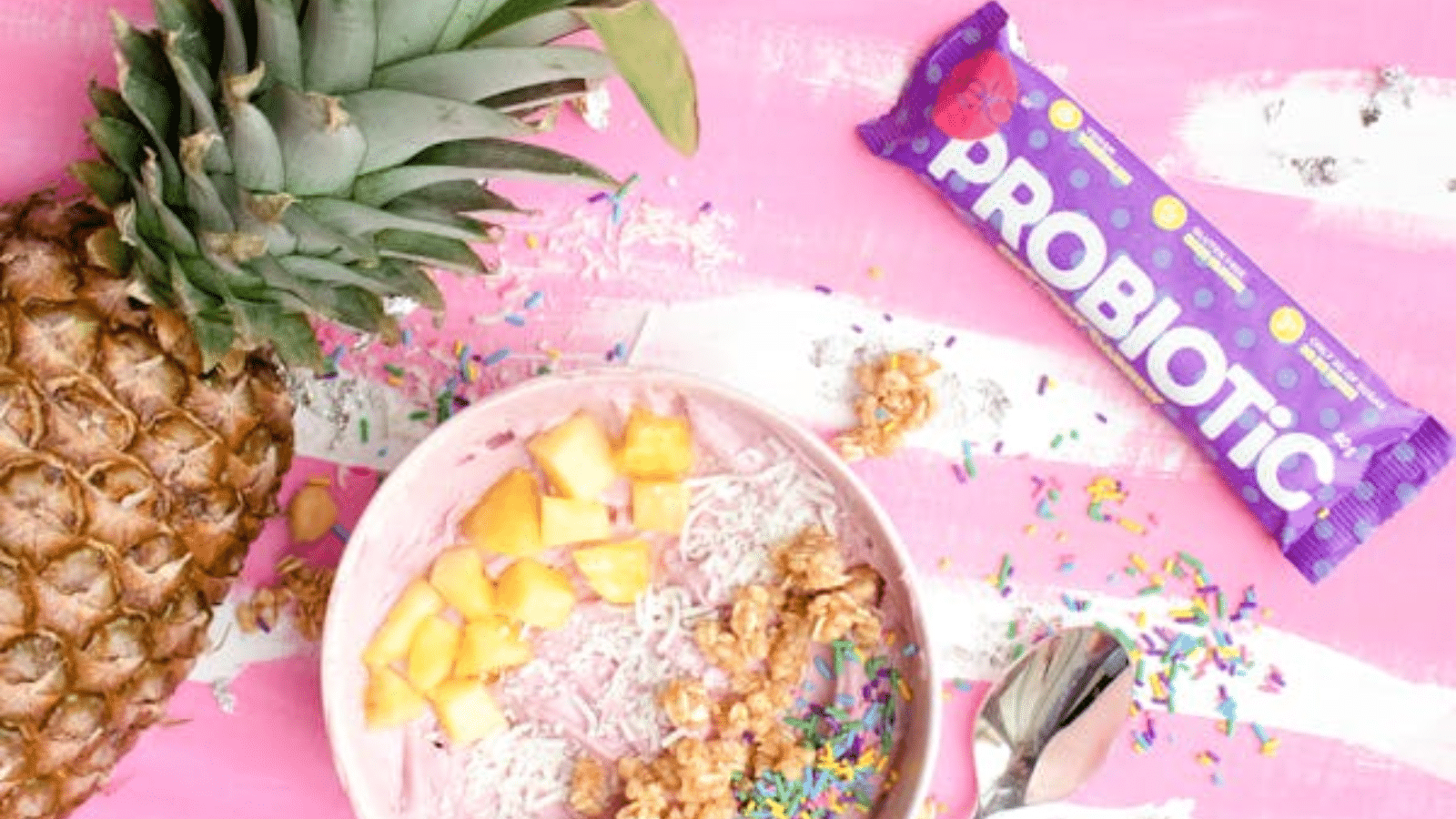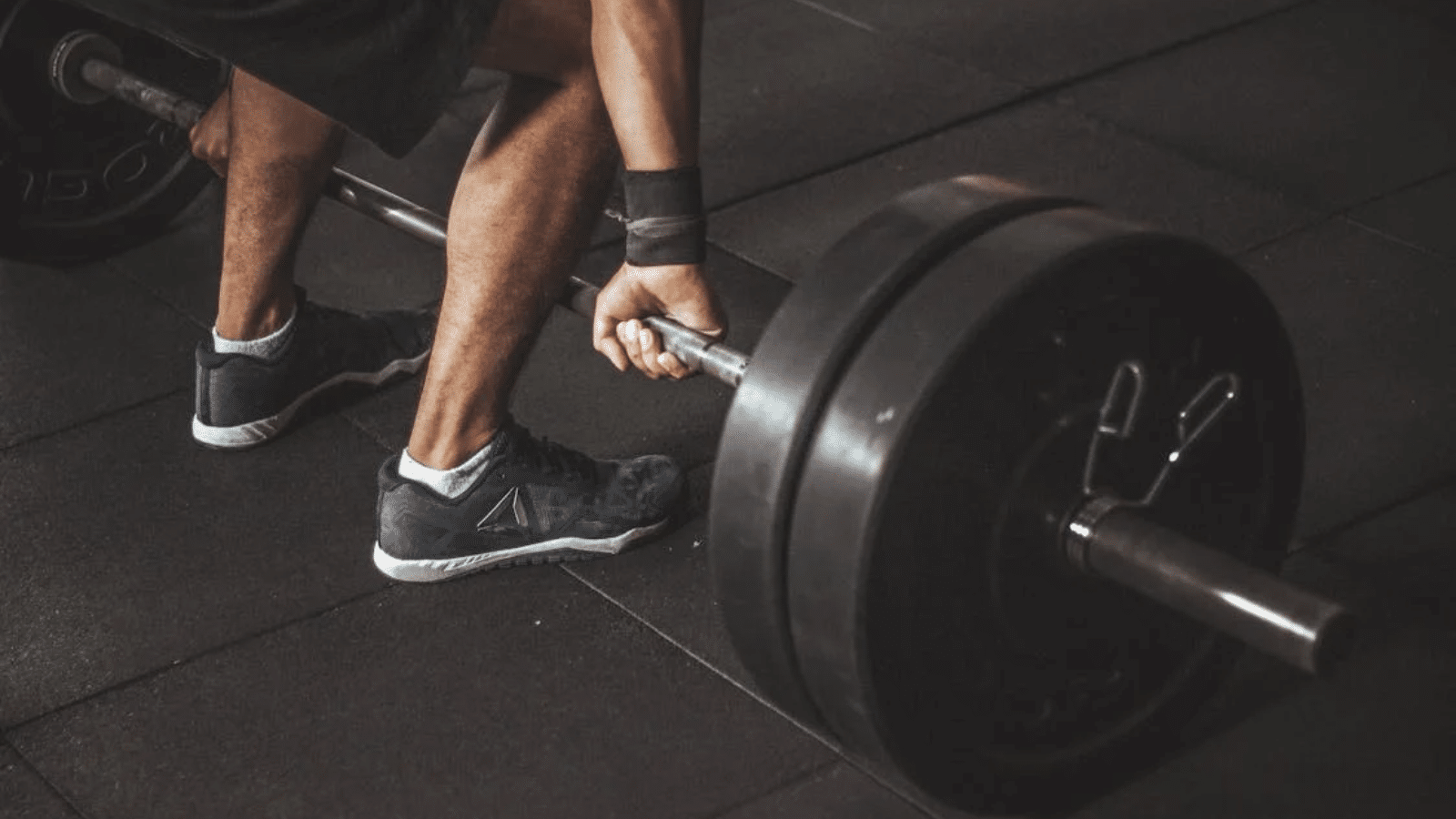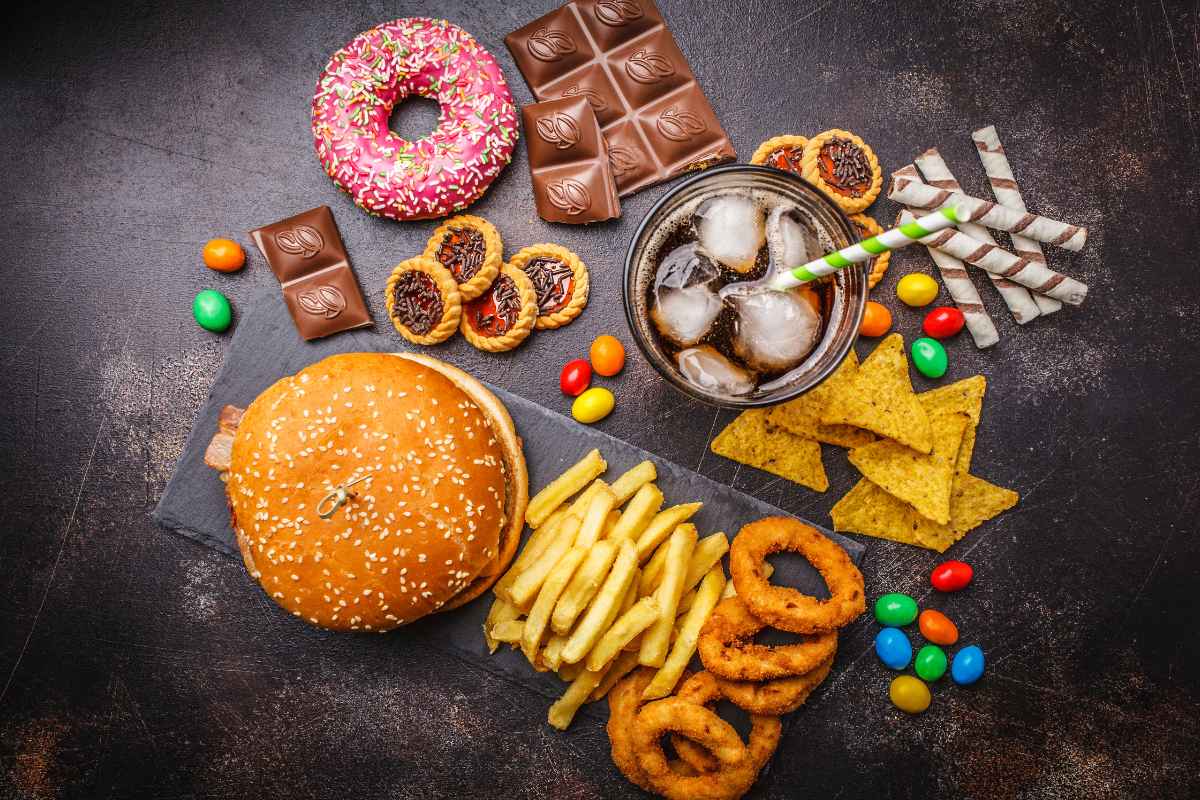15 Healthy Habits That Can Help You Achieve a Flat Stomach
There are common misconceptions about achieving a flat stomach, including believing you can spot-reduce belly fat by doing only abdominal exercises like crunches, thinking that a strict “detox” or crash diet can quickly flatten your stomach, relying solely on cardio to lose belly fat, believing waist trainers can burn fat, and assuming that avoiding all fat in your diet is the key to a flat stomach. The reality is that overall calorie deficit through a balanced diet and regular exercise is the best way to reduce belly fat.
Here are 15 healthy habits to help you achieve your dream flat stomach.
Eat Smaller, More Frequent Meals

Eating five to six small meals a day can significantly impact your metabolism. Consuming smaller, balanced meals more frequently boosts your metabolic rate, helping your body burn more calories throughout the day. For instance, a balanced meal could include grilled chicken (protein), brown rice (carbohydrates), and a side of steamed vegetables (fiber).
This approach prevents overeating, as you’re less likely to feel ravenous between meals. Each meal should balance proteins, carbohydrates, and fats to ensure you’re fueling your body with essential nutrients.
Stay Hydrated

Staying well-hydrated is essential for supporting digestion and minimizing bloating. Water assists in flushing out toxins, improving digestion, and helping your body function at its best. Drinking at least eight glasses of water daily is recommended, though the amount of water intake may vary due to factors like your activity level and the weather.
Increase Fiber Intake

A fiber-rich diet reduces belly fat and achieves a flat stomach. Fiber improves digestion, helps regulate bowel movements, and prevents bloating by moving food smoothly through the digestive system. The Healthline states that one study discovered that an increased intake of soluble fiber by 10 grams is associated with a 3.7% reduction in belly fat gain.
Practice Portion Control

Portion control helps control calorie intake, preventing overeating. Reducing portion sizes can help you enjoy your favorite foods without consuming too many calories. Using smaller plates can trick your mind into feeling satisfied with less food, making it easier to maintain a healthy diet.
Limit Sugar Consumption

Excess sugar intake is linked to fat storage, particularly in the abdominal area. Sugary drinks can increase blood sugar levels, followed by crashes that leave you craving more.
Add Probiotics to Your Diet

Probiotics are beneficial bacteria in fermented foods that help balance your gut flora, improving digestion and overall gut health. A balanced gut microbiome promotes better digestion, reduces bloating, and helps regulate metabolism, all of which are important for achieving a flat stomach. Studies by Healthline show that certain strains of probiotics, particularly Lactobacillus and Bifidobacterium, can reduce abdominal fat.
Engage in Cardiovascular Exercise

Cardiovascular exercise helps to burn fat and boost metabolism. Physical activities like running, cycling, and swimming increase your heart rate and help you burn calories. Aim for at least 150 minutes of moderate-intensity cardio each week to see significant improvements in your fitness and body composition.
Incorporate Strength Training

Strength training is a powerful method for increasing muscle mass, accelerating fat loss, and achieving a more defined midsection. Exercises such as weightlifting, bodyweight workouts, and resistance training are excellent for building muscle. Since muscle tissue consumes more calories at rest than fat, increasing your muscle mass can enhance your metabolism, helping you work towards a flatter stomach.
Get Enough Sleep

Quality sleep helps regulate hormones that affect hunger and fat storage. Lack of enough sleep disrupts the balance of hunger hormones, which leads to increased appetite and cravings for unhealthy foods. You should have 7 to 9 hours of sleep each night to support your weight loss and fitness goals.
Reduce Stress Levels

High stress levels can increase cortisol production, which can be associated with belly fat. Relaxation techniques like meditation, yoga, or deep breathing exercises can help reduce stress and its impact on the body.
Limit Eating Processed Foods

Processed foods tend to have unhealthy fats, sugars, and additives that lead to weight gain and poor health. Opting for whole, natural foods like fruits, vegetables, lean proteins, and whole grains gives your body essential nutrients without the added junk. This switch can help you maintain a healthy weight and support your goal of achieving a flat stomach.
Avoid Alcohol

Alcohol is a beverage that contains approximately 100-150 empty calories. Its consumption promotes fat storage, particularly in the abdominal area. Limiting your alcohol intake to special occasions can help you manage your calorie consumption and reduce the risk of accumulating belly fat. When you choose to drink, choose lower-calorie options like light beer or wine and avoid sugary mixers.
Eat Protein with Every Meal

Including protein with every meal can help build muscle, reduce fat, and keep you feeling full longer. Lean meats, fish, eggs, and plant-based proteins like beans and tofu are excellent protein sources. Ensuring you have a protein source with each meal can support your muscle-building efforts and maintain a healthy metabolism.
Include Healthy Fats

Healthy fats are important for overall wellness and can help keep you full and satisfied. Foods like avocados, olive oil, nuts, and seeds are excellent sources of these beneficial fats. They also reduce inflammation and support heart health, making them valuable additions to your diet as you work towards your fitness goals.
Stay Consistent with Your Routine

Research by NCBI consistently shows that people who adopt long-term lifestyle changes, including dietary and exercise modifications, are significantly more successful at losing weight and keeping it off compared to those who follow short-term diets or exercise programs; this is because sustainable lifestyle changes are more likely to become ingrained habits, leading to better long-term weight management.








